The following was written by Chris.
Question for you. If you were traveling somewhere in your car with your coin collection, would you stop for food along the way and leave your collection (or any valuables for that matter) in the car? The answer should be “Of course not!” It is mind boggling to me the number of dealers whose vehicles are being burglarized on their way home from coin shows. While we of course feel for these folks, this is a 100% completely avoidable situation!
The Numismatic Crime Information Center (NCIC) is a non-profit organization that assists law enforcement agencies in their investigations of numismatic crimes. (For more information on NCIC, visit Numismaticcrimes.org.) They regularly put out email alerts about such crimes. These days, there are way too many alerts about vehicle burglaries. Take a look below for some recent examples.
May 2024
The owner of xxxxxx traveling home from the Central States Numismatic Society coin show was the victim of a vehicle burglary in Des Plaines, IL. The victim stopped at a restaurant and while inside suspects broke out the window to his vehicle and removed several bags containing a large inventory of currency.
April 2024
A dealer returning home from the recent Statesville, NC show stopped to eat and while inside the restaurant unknown suspect/suspects smashed the window of his vehicle and stole a portion of his inventory.
April 2024 (Yep, two in a month.)
A dealer heading home after the Albany Georgia coin show stopped to eat and while inside witnesses observed two male suspects smash the passenger window and remove coins from the vehicle. The suspects left in a grey Mitsubishi Eclipse.
February 2024 (While the circumstances are a bit different, the story is the same. Vehicle left unattended with coins inside.)
A dealer returning home from the recent Baltimore Stamp & Coin Show held on February 10, 2024 in Timonium, MD was the victim of a vehicle burglary. The dealer pulled into his driveway and went into the house for several minutes and when he returned to his vehicle unknown suspect/suspects entered his vehicle and removed a large tub containing his show inventory
October 2023
A dealer was the victim of a vehicle burglary after attending the recent Tuckwila, WA coin show. The dealer stopped for a short period of time and unknown suspect/suspects entered her vehicle and removed a large amount of foreign coin inventory.
It seems like basic common sense to never leave your valuables unattended in a vehicle, yet it keeps happening over and over. It might be the “well, it’ll never happen to me” approach that some people tend to take. I’ve got bad news for you…it probably will at some point if your routine when leaving a coin show is to stop for food.
As an aside, the scary thing is that we of course only hear about the times when someone does actually stop and has their vehicle burglarized. Think about all the times when someone is followed home or to their office and the would-be thieves don’t get the opportunity to do their thing and thus drive off. To collectors and dealers alike, BE ALERT when traveling with your collection/inventory.
Here's a new one from 6/5/24. Ridiculous.
On May 25, 2024, a dealer, traveling home from a show in Crown Point, Indiana was the victim of a brazen theft that occurred in Crete, Il. The victim stopped to eat and while in the restaurant, two suspect vehicles pulled up on both sides of the victims vehicle. The suspects then broke the victim’s van window and grabbed totes with the victims inventory. The incident was captured by the restaurant parking lot video and took less than one minute. The suspect vehicles were described as a blue Odyssey and a blue Dodge Caravan.
But wait, there's more. From 6/6/24.
A dealer attending the Salem-Roanoke coin show in Salem, VA was the victim of a vehicle burglary after leaving the show for the evening on 6/1/24 and stopped at a restaurant to eat. The victim went inside the restaurant and when he returned to his vehicle unknown suspects had broken out the rear window and removed his inventory. The victim had taken his coins out of the show cases to take back to the hotel instead of leaving them at the show. No suspect or vehicle information is available at this time.
Same thing happened here in Canada, the dealer lost his inventory and never do the show anymore, sad!
https://canadiancoinnews.com/dealer-loses-an-estimated-500k-in-post-show-theft/
Sorry for the delayed reply, Panda. We had some a technical glitch in our blog software. Terrible story about this Canadian dealer and his family! : (
The ANA National Money Show (the Midwinter Show) is this week in Colorado Springs. We decided not to attend, partly because it's a bit of a pain to get to, and mainly because the Whitman Coin Expo is next week in Baltimore. Boy, are we glad we didn't go.

To those of you who are attending, button up and be careful!
The following was written by Frank.
Overstruck coins offer great value to collectors, as each coin offers an historically significant story. There are various reasons why a coin might be overstruck, including a country’s economic issues, mint errors, and private overstrikes.
One of the most popular and affordable examples of an overstruck coin is the Brazilian 960 Reis. In 1810, Brazil was still under Portuguese colonial rule. At the time, a Spanish 8 Reales coin was valued at 750 Brazilian Reis. The Portuguese government decided to overstrike 8 Reales and denominate them at 960 Reis, this was to discourage mass exportation of coins to other nations. Also, the government profited greatly from doing so, nearly 30% after revaluing these coins. From 1810-1827, an estimated figure of 22.5 million 960 Reis were overstruck. The overwhelming majority of these 960 Reis coins are overstruck on Spanish 8 Reales, but there are some other undertype coins that have been discovered over the years including U.S. Bust Dollars, a single 1696 British Crown, Bank of England 1804 Dollars, Indian Madras 2 Rupees, Austrian Mother Teresa Thalers, Netherlands Silver Ducats, and many more unique undertypes. Many of the undertype coins were sourced from visitors of Brazil, which is why there is a great variety of undertypes. Common and circulated 960 Reis coins overstruck on Spanish 8 Reales are very affordable, they can easily be purchased for a couple hundred dollars. In comparison, a regular non-overstruck Spanish 8 Reales are available for $150-$200, very little premium if any at all for an overstruck 960 Reis. Talk about a coin packed with value!

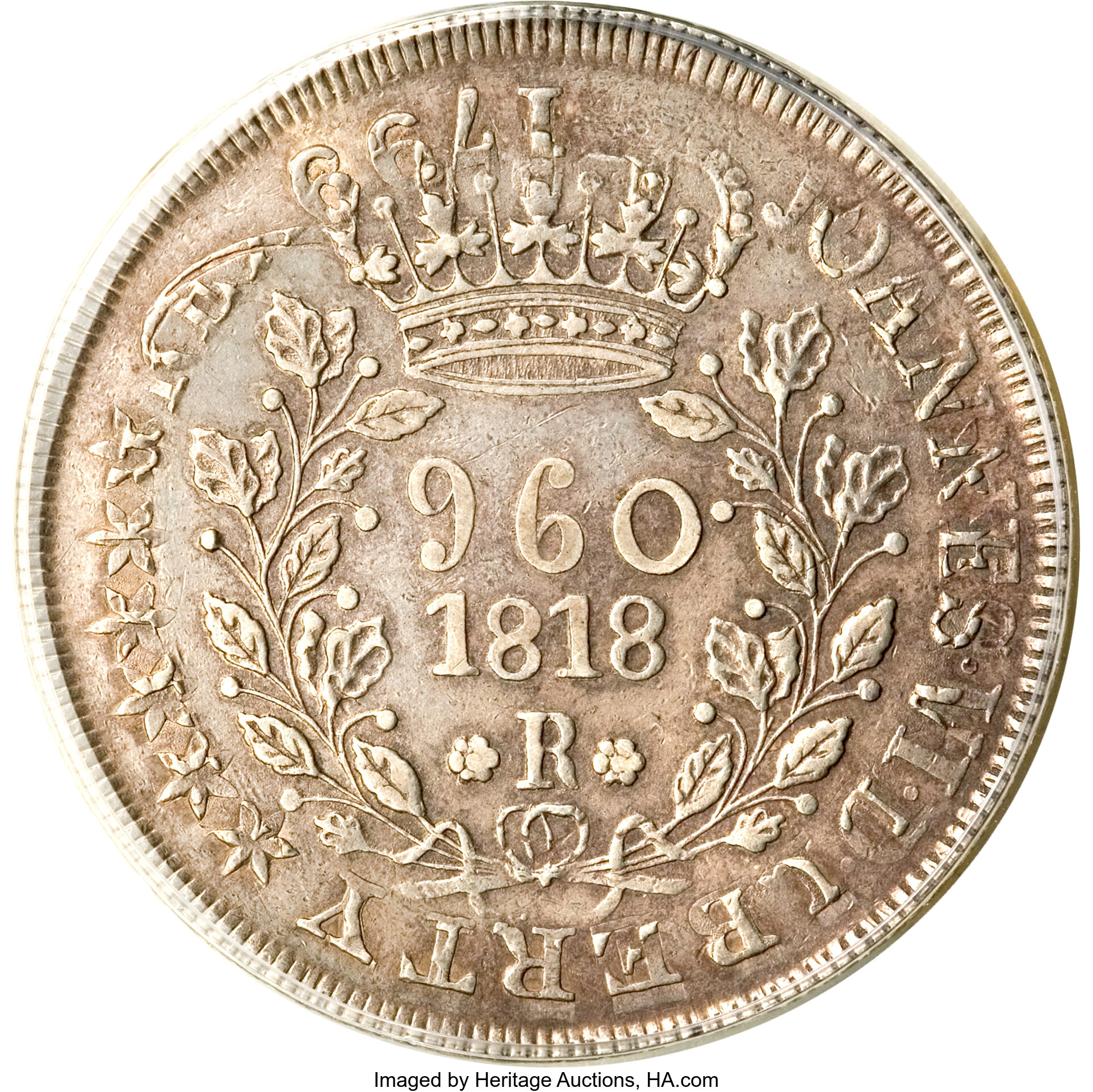
1818 960 Reis overstruck on a 1799 U.S. Bust Dollar. Much of the overstruck Bust Dollar’s design is still visible, including the date, “Liberty”, and the eagle’s talons. Images courtesy of Heritage Auctions.
There are many fabulous overstruck coins that have been discovered; some of them will leave you scratching your head, including a proof 1970-S Washington Quarter struck over an 1898 $5 Liberty, which sold for $93,000 in January 2023. This is likely not a mint error because of the strict quality control of the U.S. Mint, especially when producing proof coins. This must have been the clever work of a Mint employee who thought it would be neat to “make” a nearly impossible mint error. Interestingly enough, there is also a proof 1970-S Washington Quarter overstruck on a Canadian King George V silver quarter, which sold for $7,800 in August 2020. Again, this was likely not a legitimate mint error, but a Mint employee having fun.
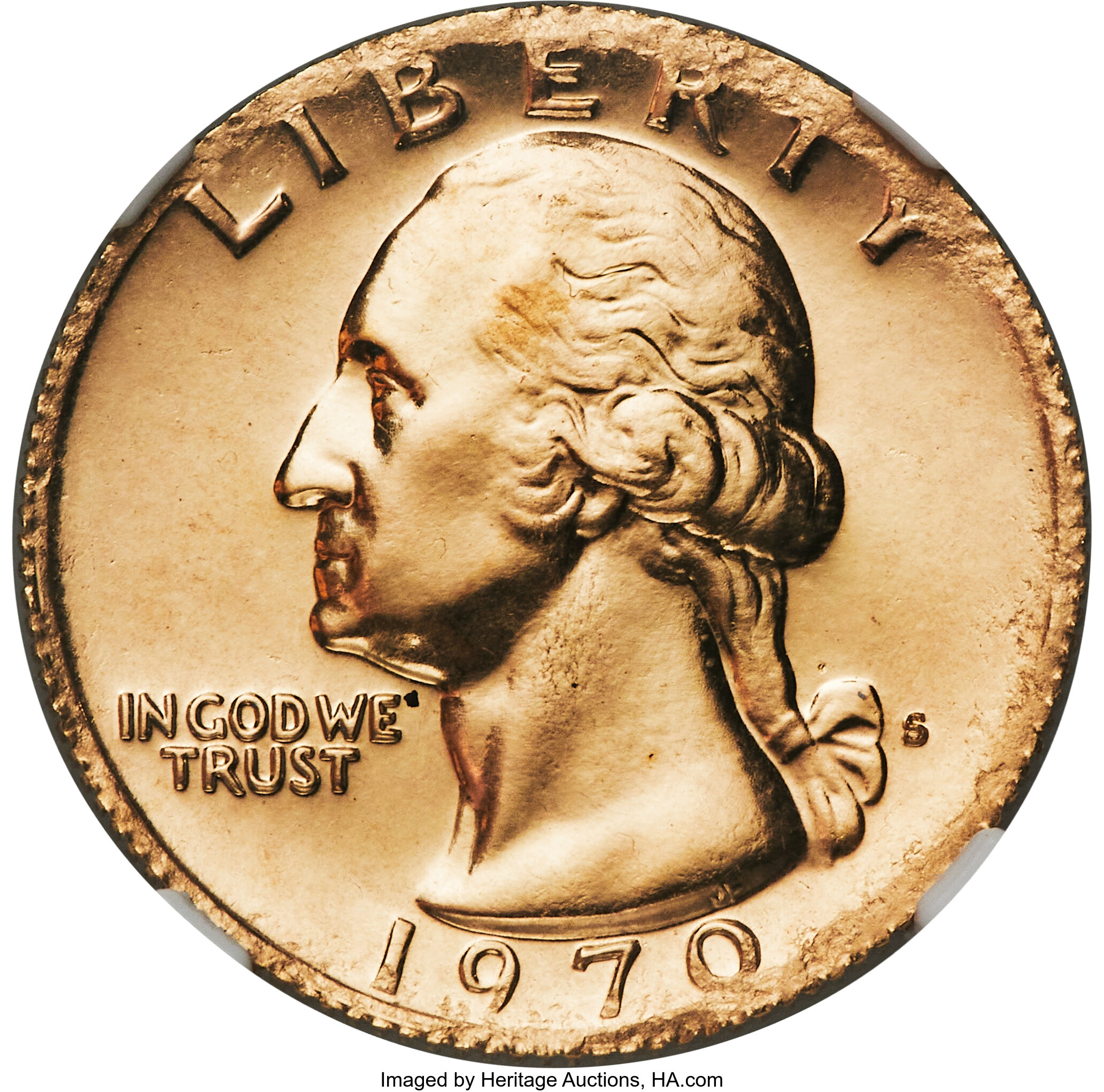
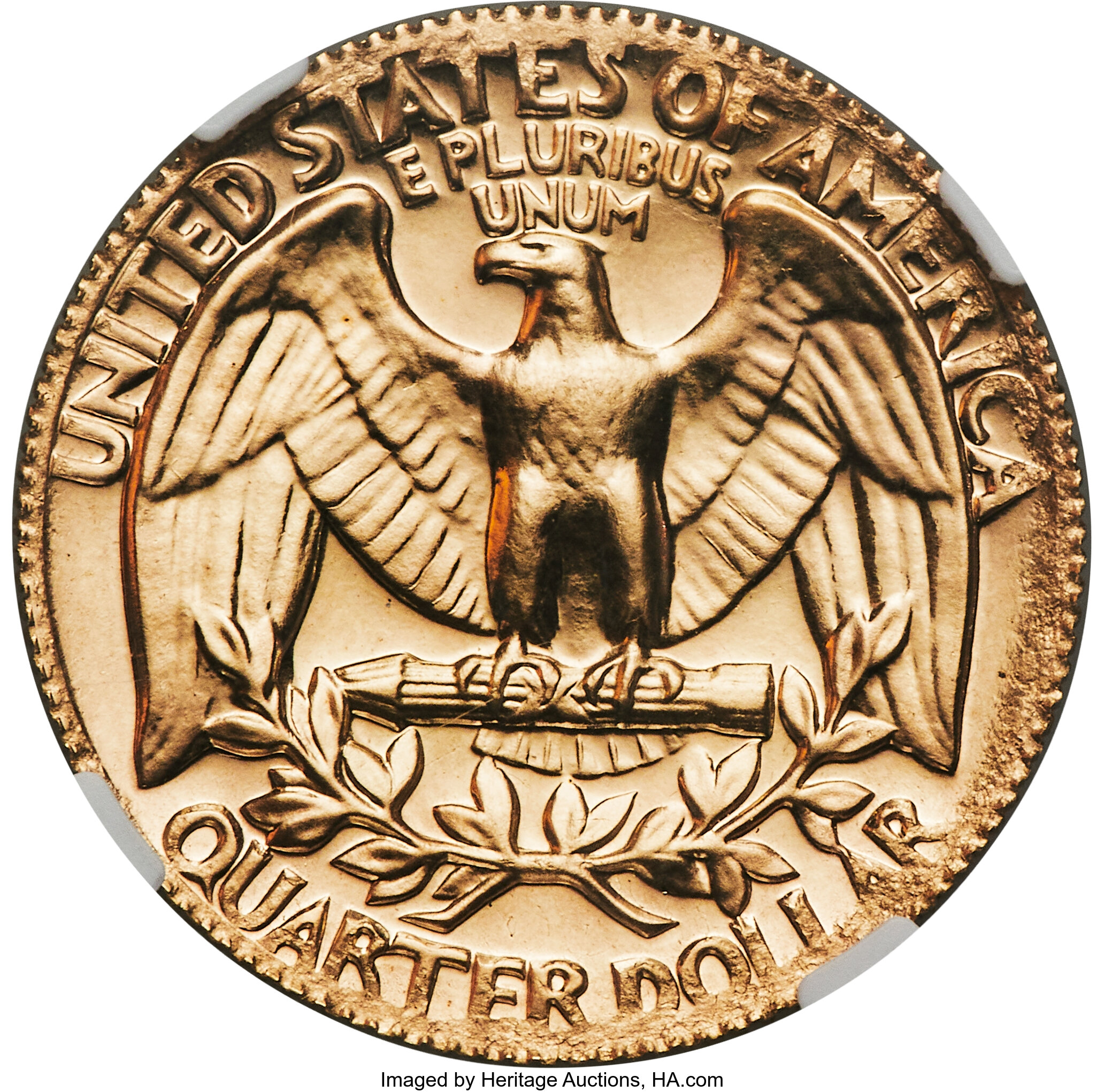
1970-S Proof Washington Quarter overstruck on an 1898 $5 Liberty. Images courtesy of Heritage Auctions.
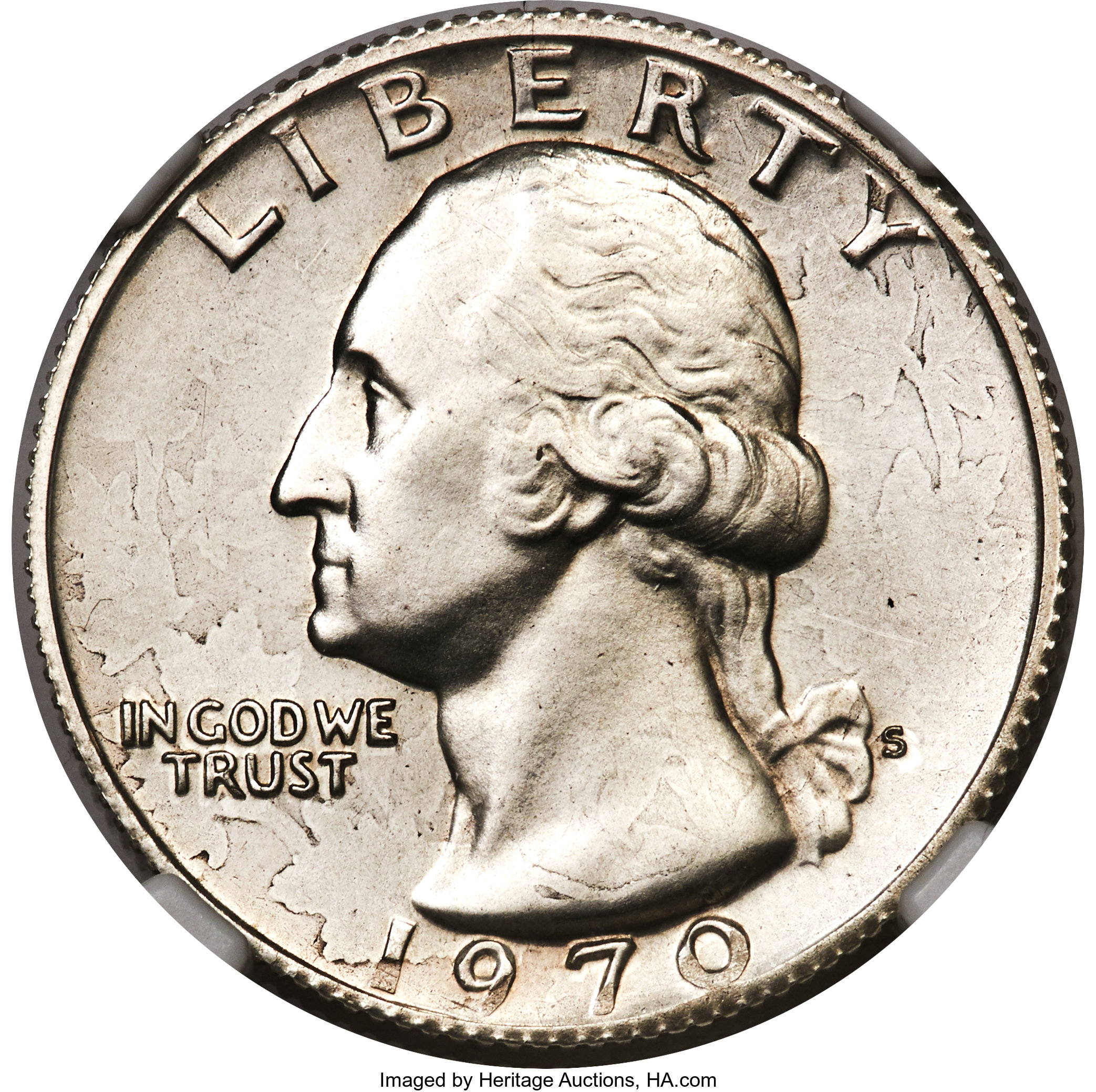
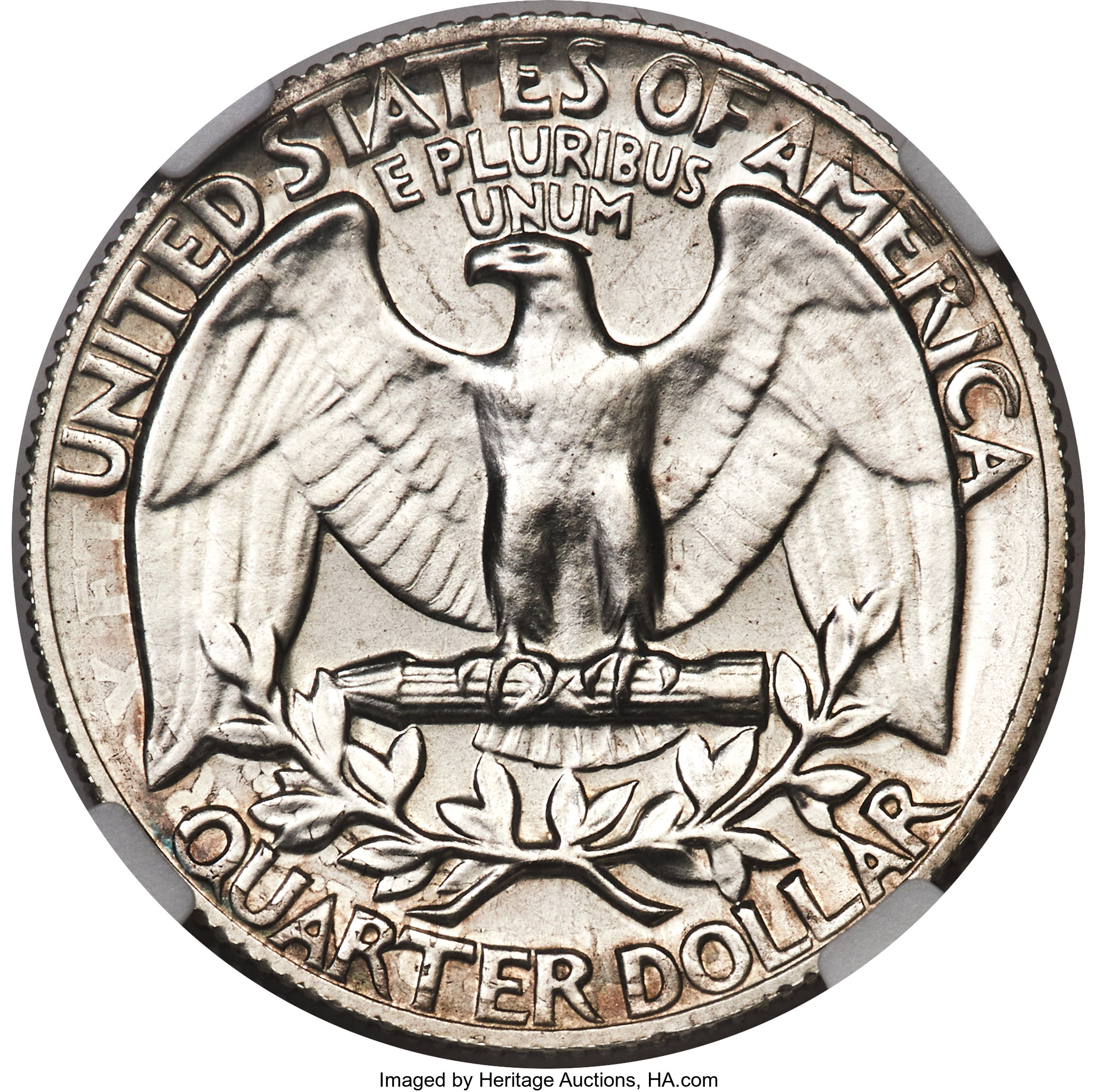
1970-S Proof Washington Quarter overstruck on a Canadian King George V Quarter. Images courtesy of Heritage Auctions.
One of the most interesting private overstrikes is the 1861 Confederate Half Dollar Restrike of 1879. Around 1879, coin dealer Ebenezer Locke Mason Jr. purchased an original 1861 Confederate Half Dollar and the reverse die from Confederate Chief Coiner Dr. B. F. Taylor. Mason then sold both pieces to J.W. Scott, who struck roughly 500 restrikes of the 1861 Confederate Half Dollar. To produce these restrikes, Scott purchased around 500 1861 dated half dollars, planed down the reverses of each coin, and struck the reverse with the Confederate reverse die. This is quite a unique overstrike example, as only half of the coin was overstruck!

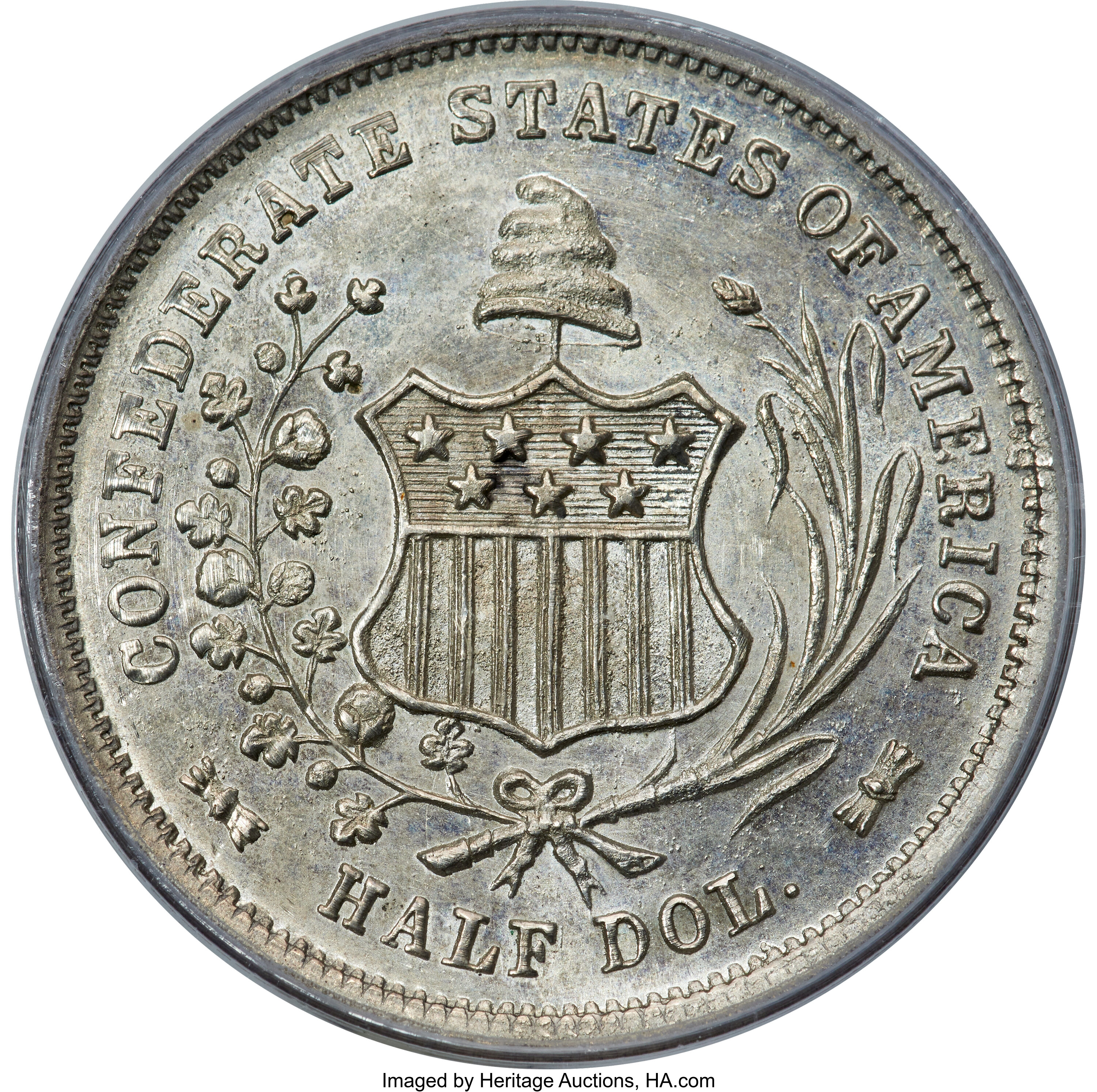
1861 Confederate Half Dollar Restrike. Images courtesy of Heritage Auctions.
The following was written by Chris.
The annual Florida United Numismatists convention (the FUN show) was held the first week of January. Tom, Brian, Frank, and I attended. We began our travels to Orlando on New Year’s Day. Flying on the holiday definitely took a little fun out of FUN (fortunately, the next three January conventions will be held the second week of January). Our JetBlue flight was delayed as usual. And as is now custom with that airline these days, no explanation or apology was given. I guess they assume their regular passengers understand that the flights will usually be delayed.
Tom stayed at a Hyatt, as he typically prefers to do for this show. Frank, Brian, and I stayed in our usual location, which was an Airbnb condo in a gated community near the convention center. For the amenities available, it’s tough to beat the price. And with the show being held in the North concourse of the convention center this time, it was an easy 15-minute walk to the show.
It’s impossible for us dealers to start doing business at a coin show on the actual day of the show. There is always pre-show trading going on. If coin show coordinators stretched a show out from five to 15 days long, I can guarantee people will still show up one to two days early to do biz. This show was no exception. I Ubered around to various hotels to meet with wholesale dealers. From a security standpoint, this is far from ideal. Fortunately for me, I never carry inventory on me. Dealers will hold my purchases and deliver them once the show opens.
I went on this trip hoping to be very selective in my buying. I made a concerted effort not to buy anything we already had in inventory, pretty much regardless of price. I got a very early shot with one of my favorite wholesalers and was able to pick up a nice selection of interesting coins (the 1799 $10 PCGS XF45 OGH we have/had on our homepage is one of them). Six Uber rides later to different hotels, I was done for the day. Brian and Tom had success showing our inventory to a couple of dealers that day. Tom also played the Uber game and did some buying. Unfortunately, Frank hit a wall Monday night when we got in, and by Tuesday morning he was quite sick. He stayed in his room at the Airbnb all day. Brian was the ultimate caretaker, and heated up some chicken noodle soup and crackers and delivered a tray to Frank’s room that evening. We were all being quite cautious, as no one else wanted to get sick. Fortunately, Frank was consistently testing negative for COVID.
Wednesday started with more pre-show buying, and one more trip to a hotel to look at some new inventory that had just come in. The show kicked off at 2 pm. I went straight to our table to start setting up. I had barely had time to get the power strip plugged in when someone came over to the table to show me coins. I got my halogen out, took a seat, and was pretty much in that same position looking at coins until close to 7 pm. The other fellas were equally busy.
The show opened to table holders and early bird dealers at 8:30 on Thursday morning. Frank was feeling significantly better, so after yet another negative VID test, he masked up and we all started work right away. Other than a bathroom break or two, I did not leave the table and spent the whole day looking at coins. A lot of YN dealers that Frank knows came to the table to do business with him. Tom was venturing out on the bourse floor looking at coins. And Brian was out on the floor showing our coins to as many dealers as possible. We wrapped up the day at closing time, which was 7 pm. While not big law firm hours, it was definitely a long day.
Friday we checked out of the Airbnb and allowed ourselves a late start to the day, getting to the show around 10 am. Business continued as usual for all four of us, though I was calling it quits early. My wife had flown in from Boston the night before, and we were planning on seeing friends for the weekend. I typically do any necessary shipping from the show. I’m fussy about it, so I feel more comfortable doing it myself (and I think everyone else prefers that I do it, which is understandable since it’s a pain in the @ss). I ended up shipping five large FedEx boxes back from the show.
The day ended for me around 2 pm. I met my wife outside the convention center, and we left to start our mini-vacation for the weekend. Brian and Frank left for the airport a couple of hours later. Tom’s intent was to stay another day and fly home Saturday night. However, we were a little concerned about a winter storm coming our way in Boston. He decided not to risk it and flew out first thing Saturday morning. It wasn’t our intention to leave an empty bourse table on Saturday, but the situation demanded it. And good thing too. On Saturday, apparently a big leak occurred directly over our table. It was the only place on the bourse floor to get flooded!
How was the show? I give it an A minus. I was satisfied with my buying, though I came home with a little bit more than I intended to buy. But I was pleased with what I bought. A last-minute purchase on Friday afternoon was quite satisfying – an extremely rare 1879-O $20 in uncirculated condition, which was cleaned. I typically do not buy problem coins, but I did not want to pass up on the opportunity on such a rarity. Frank seemed fairly satisfied with his purchases and time there. His health improved each day, and he was back to normal by the time he went home. Sales were pretty decent. After some disappointing show sales in 2023, it was a good start to 2024. While we typically do wholesale business at shows, we did make a few sales to the public. Thursday public turnout was incredible. It was as busy a bourse floor as I recall seeing at a show, which was great.
On a personal note, I enjoyed a few extra days in Orlando with my wife. We visited with local friends and some FSU college buddies of mine that drove down from Tallahassee. We used to play all the intramural sports in college back in the day. Now in our 50’s, our sports activities were limited to such things as putt-putt, Top Golf, bowling, and cards. I lost at putt-putt, won at Top Golf (I am terrible at golf…I just happened to be less terrible than my friends), and got absolutely destroyed in bowling. Gone are the days of bowling 185-215. I didn’t crack 100 in either game. Maybe my "sports" report after the next show will be better.
Thanks for reading!
P.S. Our JetBlue flight was three hours delayed going home.
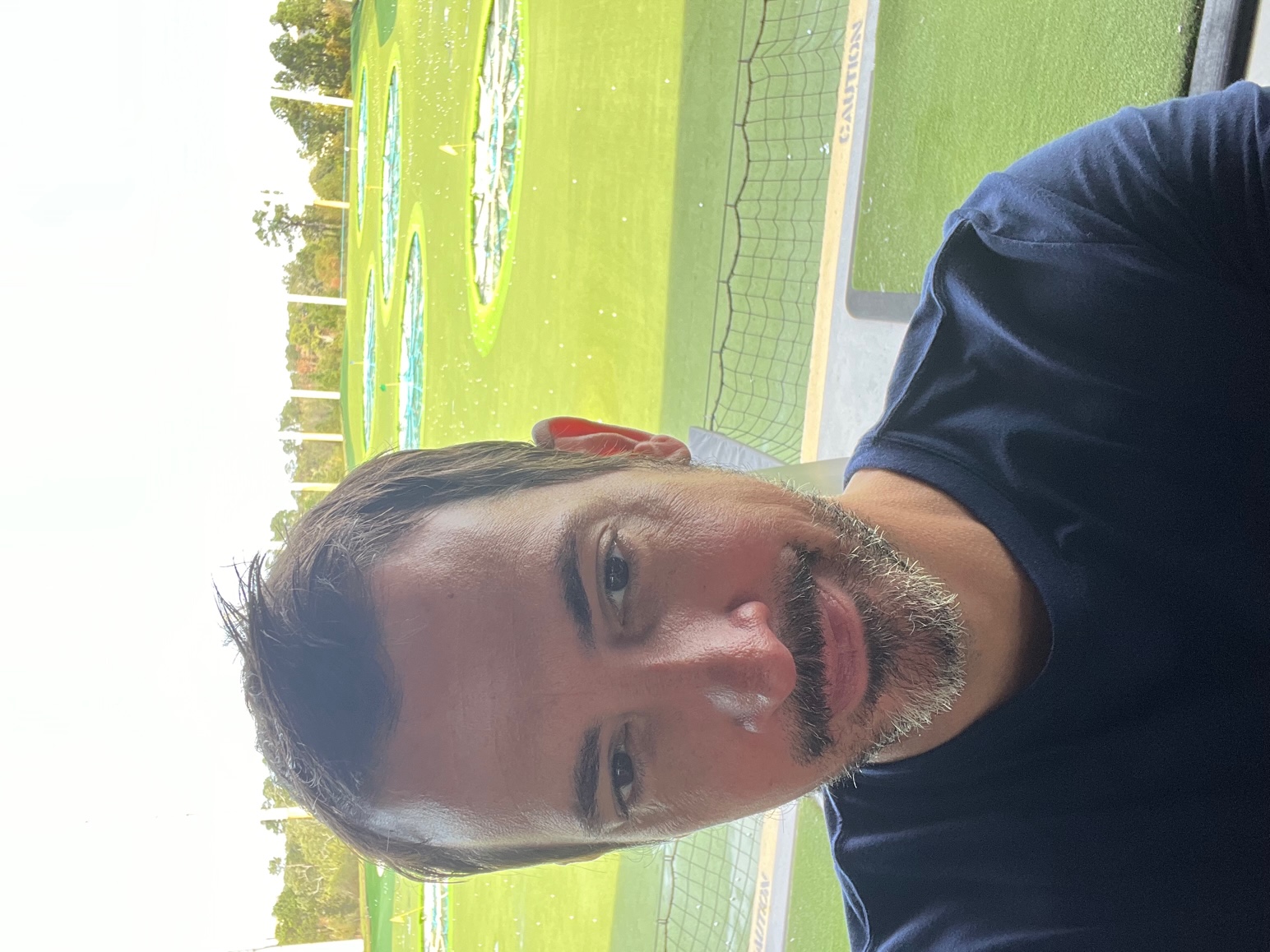
Time to show off my mad driving skills (I think I hit one 275 125 yards) at Top Golf.
Putt-putt. As most of my friends know, I am prone to being goofy in front of a camera.
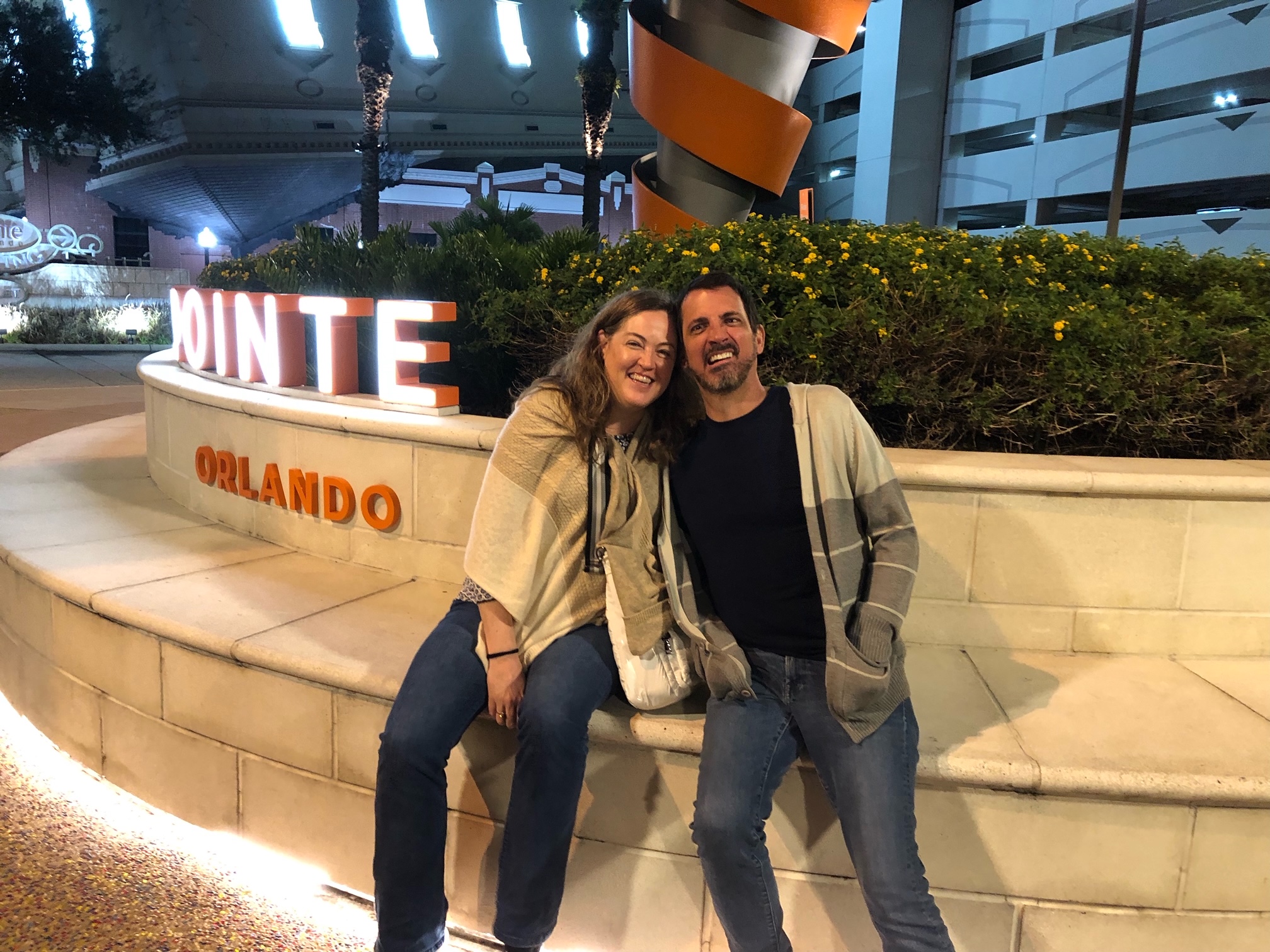
Told you.
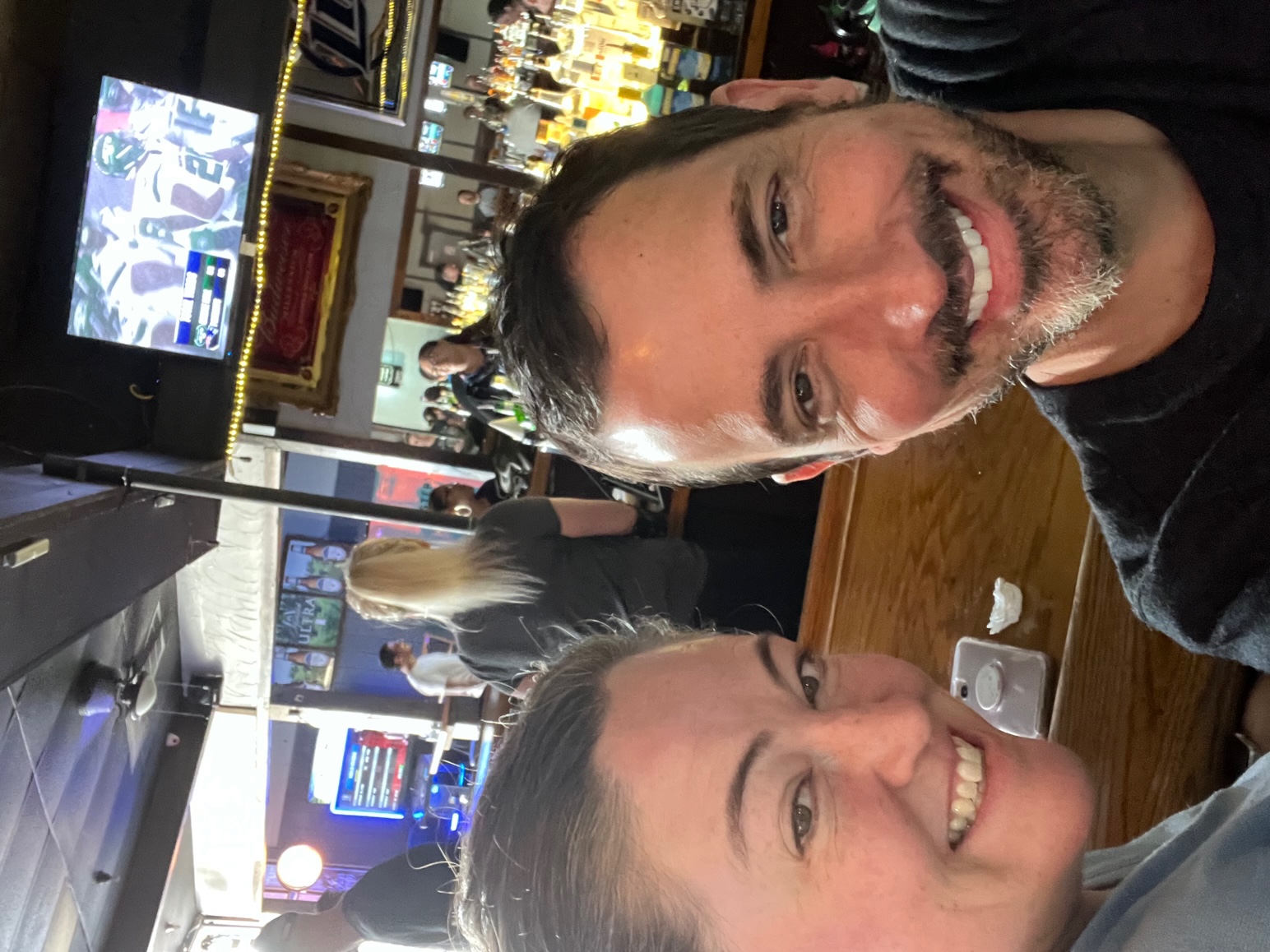
We found a GREAT locals bar. They were kind enough to put on the crappy Patriots game for us. Adios, Bill! Thank you for your football service.
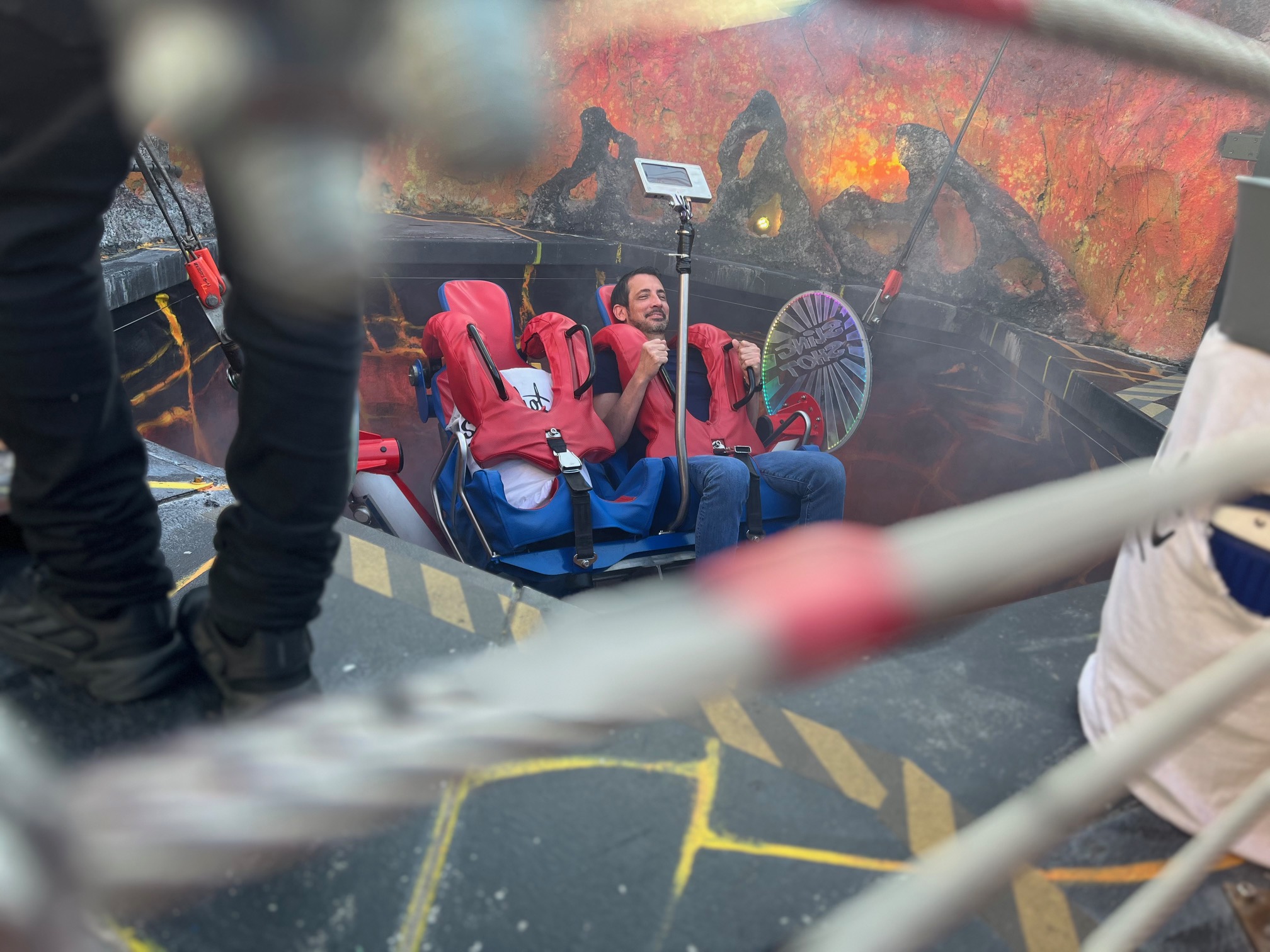
I couldn't get anyone to do this ride with me. Maybe this is why: Slingshot Terror
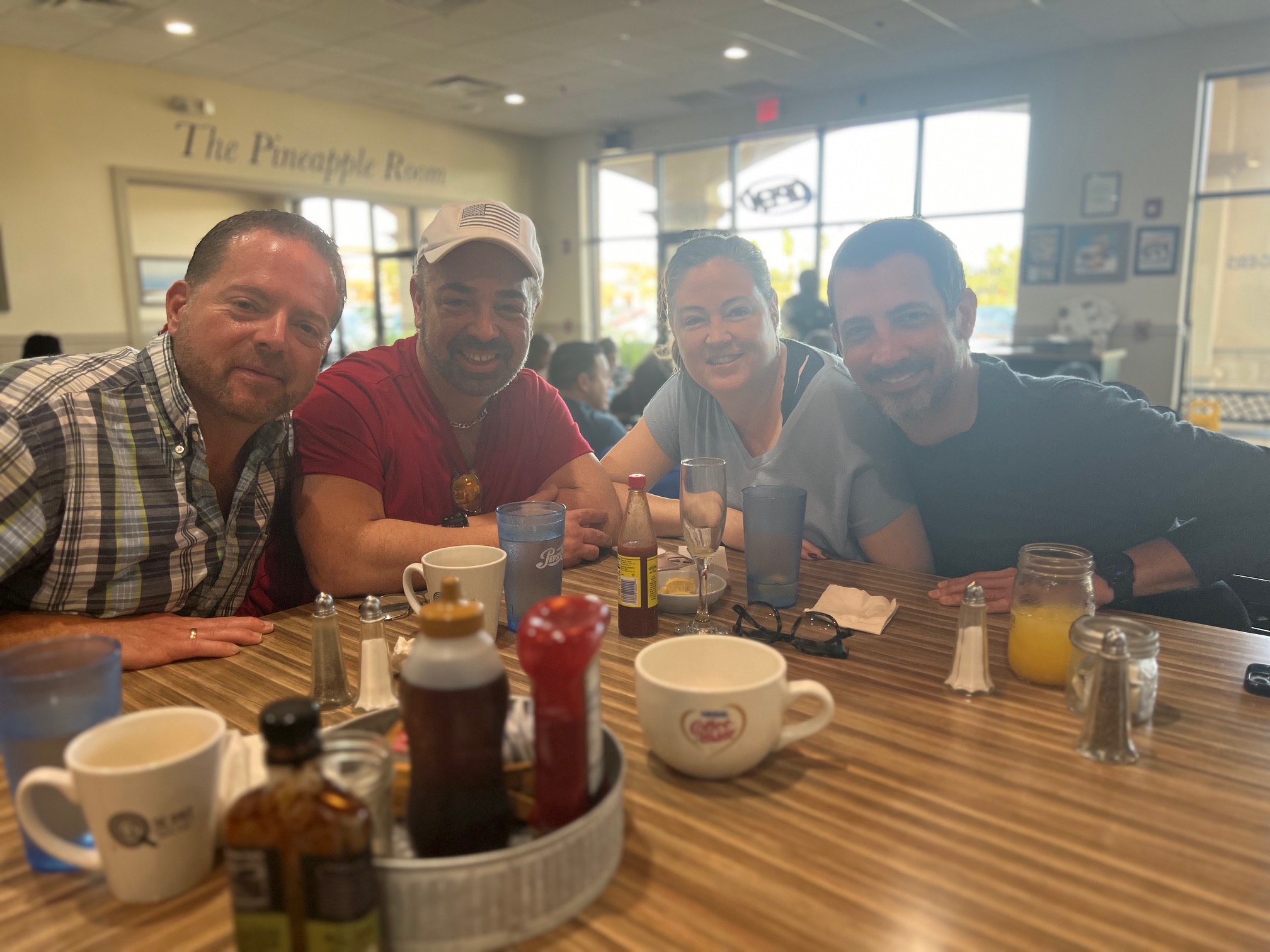
Enjoying brunch with my wife and Florida State buddies. That orange juice may or may not have vodka in it.
Enjoyed, Chris. And very cool pics. Yes, sad to see Bill Belichick go. What a football mind.




